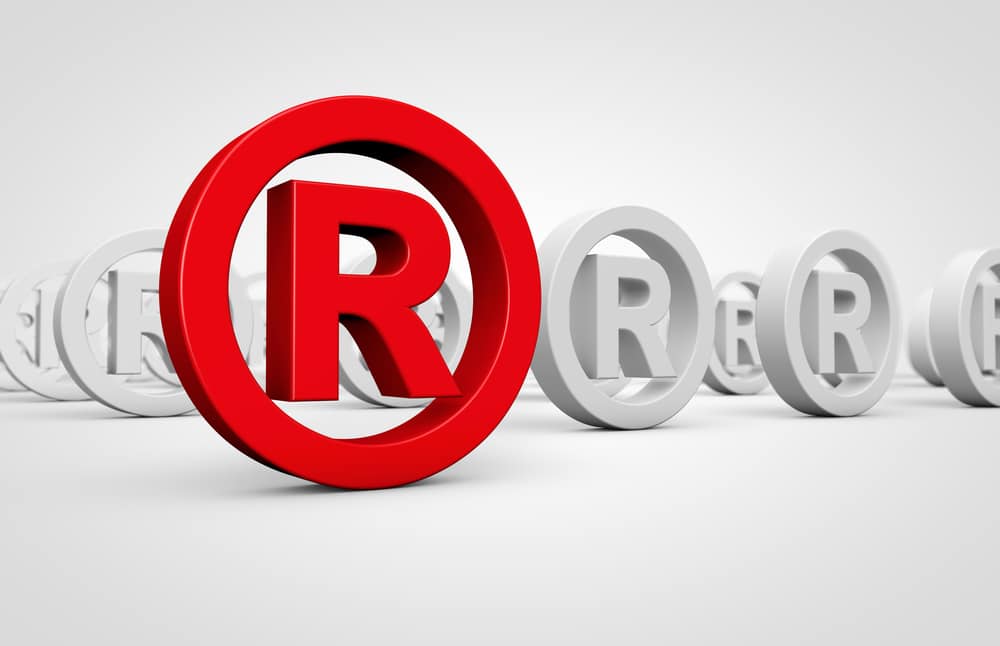What is the Nice Agreement and what are international trademark classes? Filing for a trademark through the United States Patent and Trademark Office (“USPTO”) is probably a mysterious process for most people. There are several types of trademark applications, including international trademark classes, and many different filing bases.
Given the importance of a brand to any business, you and your business would be best served by seeking the advice of skilled and dedicated trademark attorneys before applying for a federal trademark registration.
One of the more confusing aspects of filing a federal trademark application is understanding how the classification and identification of goods and services in an application affects your rights and the cost of the application. There is an internationally recognized classification system, but, in the United States, the USPTO requires a more specific identification of many goods and services.
The Nice Agreement defines 34 main classes for goods and 11 classes for services. Each main class is then subdivided and then subdivided again.
For example, the trademark application for “Fifty Shades of Grey” specified dozens of categories of goods and services. Among them were:
- IC 003. US 001 004 006 050 051 052: Soaps; perfumery; oils; cosmetics; waxes; etc.
- IC 004. US 001 006 015: Candles; scented candles; etc.
- IC 006. US 002 012 013 014 023 025 050: Handcuffs; etc.
- IC 009. US 021 023 026 036 038: Recording discs; etc.
- IC 010. US 026 039 044: Sex aids including ropes; etc.
- IC 014. US 002 027 028 050: Jewelery; costume jewelery; clocks and watches; etc.
- IC 016. US 002 005 022 023 029 037 038 050: Printed matter; photographs; stationery; calendars; postcards; greetings cards; books; magazines; etc
- IC 018. US 001 002 003 022 041: Leather for handbags, whips; etc.
- IC 020. US 002 013 022 025 032 050: Furniture; mirrors; pillows and cushions; mugs; etc.
- IC 024. US 042 050: Textiles and textile goods; bed and table covers; rugs; etc.
- IC 025. US 022 039: Clothing; footwear; headgear; lingerie, men’s underwear; costumes for use in role-play; etc.
- IC 028. US 022 023 038 050: Games and playthings; soft toys; playing cards; boardgames; gymnastic and sporting articles; etc.
- IC 033. US 047 049: Wines; spirits and liqueurs; etc.
- IC 034. US 002 008 009 017: Smokers’ articles; matches; lighters for smokers; etc.
- IC 041. US 100 101 107: Education services; entertainment services; party planning; production of films; sporting and cultural activities; arranging of conferences, seminars and symposiums; etc.
- IC 045. US 100 101: Marriage guidance counseling; personal relationship consulting.
This long list shows how one trademark cover a wide variety of goods and services. It also shows the various international classes (IC) and separate USPTO classifications (discussed below) that are applied to different goods and services.
International Trademark Classes: The Nice Agreement
The Nice Agreement established the international trademark classes shown above with the abbreviation “IC.” This agreement is an international treaty finalized in 1957 in the city of Nice, France. See USPTO page on the Nice Agreements here.
The Nice Agreement defines 34 main classes for goods and 11 classes for services. Each main class is then subdivided and then subdivided again. All in all, the subdivisions break down into about 11,000 specified goods and services.
In our example above, the “IC 003” references the Nice Agreement international class “003” which is described with the class heading: “deodorants for human beings or for animals; room fragrancing preparations; sanitary preparations being toiletries.” See here. Class headings provide guidance as to the scope of each international class.
These international trademark classes and categories serve several functions.
First, they help avoid misunderstandings concerning what you want to trademark. For example, downloadable software is classified differently from non-downloadable software.
Second, the international classifications avoid misunderstandings caused by translation and language issues. Third, the classifications facilitate the location of potentially blocking registrations when your attorney or the USPTO analyzes your trademark application.
As for the other numbers “US 001”, etc., those reference the pre-1973 classes and categories used by the USPTO. They help with the search process, but are no longer the basis for identifying the goods and services being selected. See here.
Nice Agreement Class Numbers Not Sufficient for USPTO
As noted above, under U.S. Trademark law, the classes and classifications established by the Nice Agreement are not, by themselves, acceptable or sufficient for registration with the USPTO. The USPTO requires specific identification of the goods and services for which you use your trademark or for which you plan to use your trademark.
The Nice classification system is used primarily to calculate the government filings fees at the USPTO. An experienced trademark attorney can help you identify your core goods and services in a manner that grants you the broadest protection while minimizing the cost of the application.
Contact the Attorneys at Revision Legal
There are many issues to consider when seeking to register a trademark. You need the trademark professionals at Revision Legal to help you through this process.
In addition to helping you with trademark registration and protection, Revision Legal offers a full panoply of services related to trade secrets, copyrights, patents, and litigation. Our experience can help you identify and avoid potential problems before they happen.
We can be reached by using the form on this page or by calling us at 855-473-8474. We look forward to helping your business succeed.
Related Posts:
Trademark Registration Process
